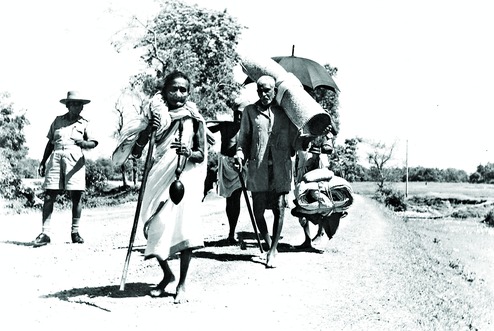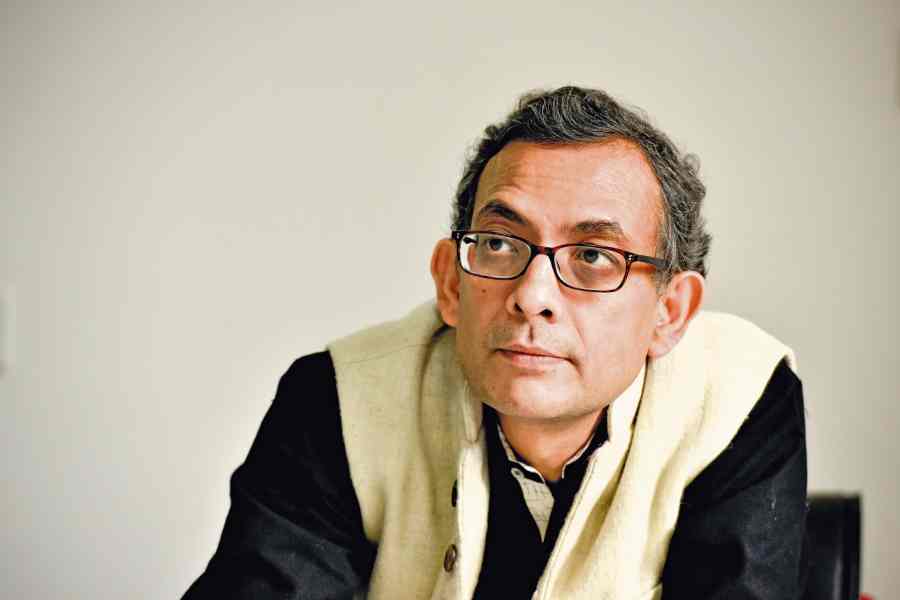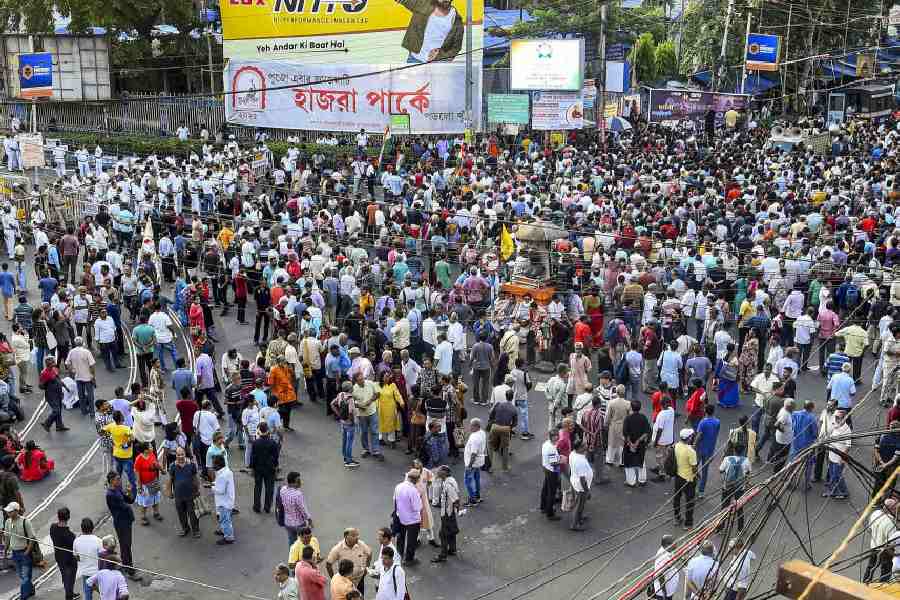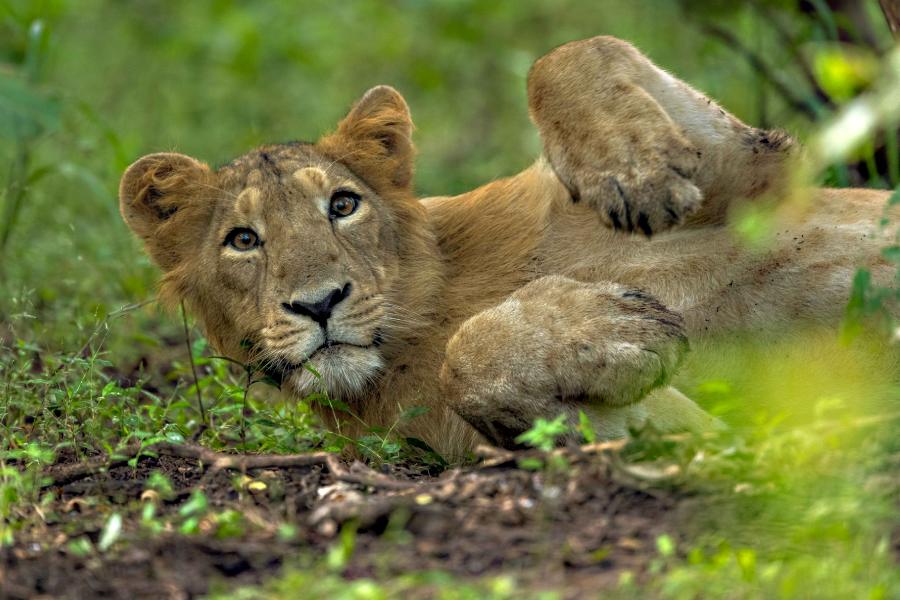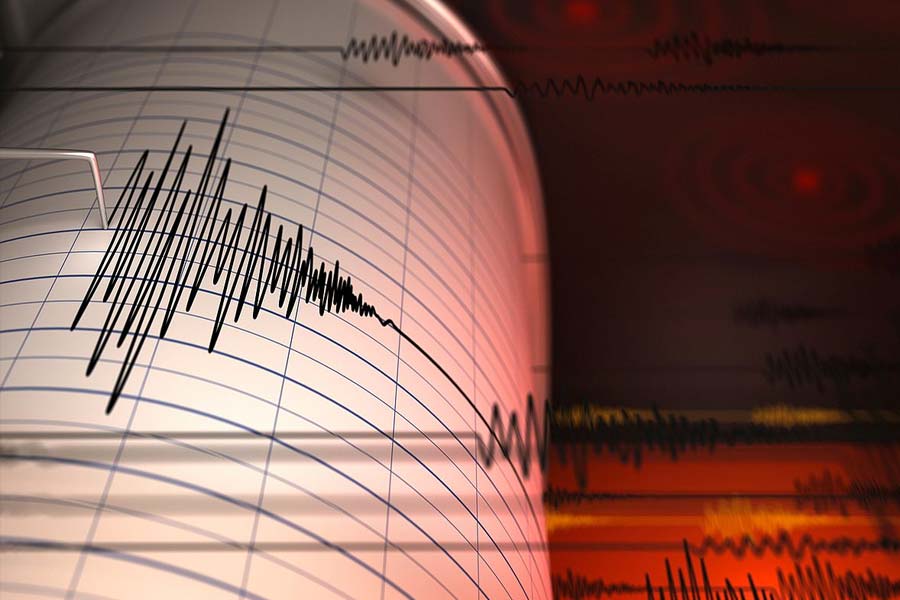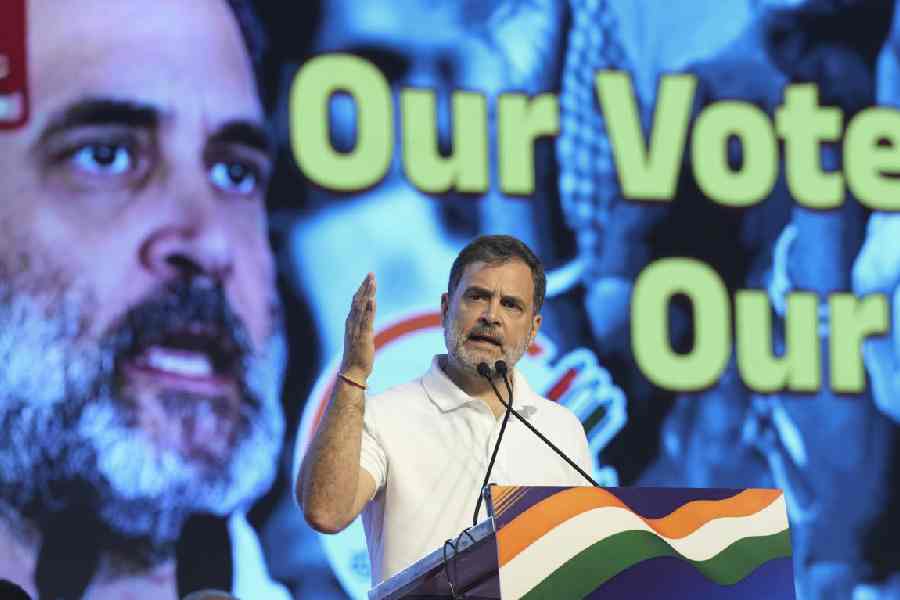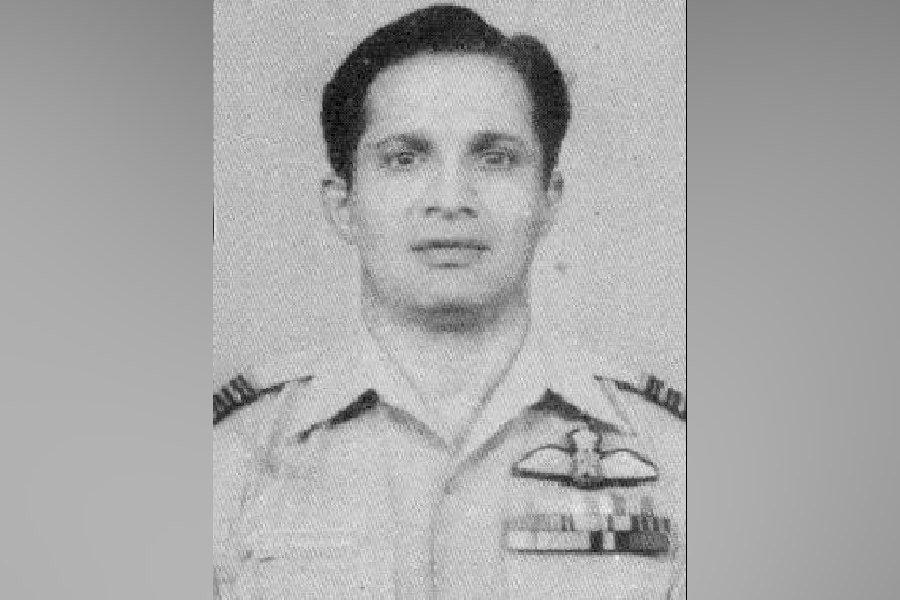

Some years ago, Guneeta Singh Bhalla, a former physicist at California's Lawrence Berkeley National Laboratory, started collecting oral narratives of the survivors of Partition. What began as a personal project is now a giant repository teeming with precious history. Prasun Chaudhuri spoke over telephone to the founder of The 1947 Partition Archive. Excerpts from the conversation:
Q: What exactly is The 1947 Partition Archive?
A: It is a collection of life stories - audio and video - of those who witnessed the Partition. It is crowd-sourced, which basically means that the stories are gathered and shared by anyone who wishes to get involved with the project.
Q: So it is not just limited to the subcontinent?
A: No. We have volunteers across the world, wherever there are survi-vors with stories to share. We already have 4,300 interviews and 30,000 digi-tal documents.
Q: And who is funding this?
A: The project is largely crowd-funded by individuals. But there are also grants from foundations and corpo-rate sponsors.
Q: Please tell us how this mammoth project started.
A: ( Laughs) I never thought this would turn into such a colossal project. I had always been interested in stories about Partition. My grandparents used to live in Lahore until then [1947]. As a child, I spent all my summers in Faridkot, Punjab. I had heard fragments of Partition tales from both sides of the family tree. But it was only when I was in high school in the US that my paternal grandmother, Harbhajan Kaur, sat me down and recounted the migration story with all its harrowing details. She had been forced to abandon her family estate and board a train with her three young children - aged four, three and one - to Amritsar. For six months, she was separated from her husband. There was carnage all around - abduction, rape, murder and loot. The dead bodies, the horrific violence she witnessed haunted her for the rest of her life.
Q: So it was she who inspired you.
A: Yes, she did. That is how I came to understand the significance of the story in the history of a fractured, post-colonial India. I began to wonder how many other survivors like my grandmother held similar memories and why the Partition of India was never mentioned in American education. I also learnt that there was no public memorial, archive, or permanent museum to remember the one million who had perished, and the 15 million who had crossed the British-drawn Radcliffe Line in the largest refugee movement in history.
Q: But the project happened later.
A: Much later. My grandmother died; I regretted not recording her story. It hit me even harder when I visited Japan on a study tour. That was in 2008, when I was working on my PhD [in Physics] at the University of California, Berkeley, in the US.
At the Hiroshima Peace Memorial Museum, I found a repository of heartbreaking personal accounts and testimonies of the atomic bomb victims, preserved as audio and video presentations. That's when I realised the urgency of recording the story of Partition survivors. I knew we were losing our history, our legacy.
Q: How did you go about collecting the narratives?
A: I started going around gurdwaras, mosques and temples around me - where elderly people congregated - to find some who could tell me their stories. I began recording it all on my camcorder. Then some friends chipped in. It was a homegrown, volunteer-run project. Many of the people I interviewed were old and dying; we were losing witnesses forever. I felt the urgency to expand the project. I quit my research in 2012 and worked full-time with more volunteers - over 500 - in the Indian subcontinent and elsewhere - over 350 cities across 12 countries. We created a digital platform called www.1947partitionarchive.org, a non-profit venture.
Q: This is the 70th year of Independence. Is the project where you wanted it to be or are you expanding it further?
A: Our target is to get at least 10,000 interviews. Soon many of that generation will be gone, so we need to record their stories quickly. Starting 2017, the collected digital works will be made available for educational purposes to academic researchers, students and the public. Except for some sensitive videos [that speak of violent religious pogroms], most videos will be freely available. The recordings are now available for streaming via the Stanford University libraries' digital repository. It will soon be made available to the University of Delhi, Lahore University, Ashoka University, Guru Nanak Dev University, Dhaka University and so on.
Q: Do the interviewees open up easily? What do you ask them?
A: No, it takes time. Sometimes our volunteers are asked: why are you doing this, or what's the use of remembering those forgotten things. In many cases, we find they have never shared those painful memories with anyone. Sometimes an interview can run for four hours. We ask questions like: How did the Partition affect your family? Describe your friends before you migrated. What were their religious backgrounds? How did you defend yourself from violent attacks? Did you yourself drive out people? Did anyone protect you?
Q: What kind of things do they say?
A: Survivor interviews are evenly distributed among different religious communities. Every single account is unique. However, they invariably say that things were fine and peaceful until the Partition was announced. One of the first interviewees was Shane Ali, 83. He lives in the US. Ali was orphaned by the Partition. Hundreds of Muslims in his village in Ludhiana were slaughtered. One of the men who killed his neighbours saved him and ferried him - a 10-year old boy - to Punjab in Pakistan. Ravi Chopra, who was travelling from Sialkot to Firozpur, was saved by a Muslim family when the mobs came looking for Hindus. The retired Indian Army officer was eight at the time.
Q: Do you have interviews from witnesses in the eastern side [Bengal or Bangladesh]?
A: Plenty. Volunteers from Bengal, Bangladesh, Tripura and New Delhi have got some overwhelming interviews from people in this area. Some of them are very thought-provoking.
Q: Do you have celebrity narratives as well?
A: Yes. One of the best interviews is that of the late journalist-writer Khushwant Singh. Then there are athlete Milkha Singh, architect Nek Chand... And so many others.
Q: Do you think these stories are still relevant?
A: Of course. The wounds of Partition haven't healed even now. There is still so much communal hatred across the subcontinent. Such mass exodus [of 15 million people] is a unique historic event that ravaged South Asia. The demographics of our cities and towns changed forever. It's time younger people understood how our ancestors suffered. Such things should never be repeated. All the more reason we are so desperate to document it all.
Together, Apart Two short separation tales from Bengal
Kazi Shamsuzzaman
Migrated from Howrah in West Bengal, India, to Dhaka in what was then East Pakistan
On Direct Action Day [August 16, 1946], when riots broke out in and around Calcutta, we were given an option to choose between Pakistan and India. A person from Faridpur [in present-day Bangladesh), a neighbour of Sheikh Mujibur Rahman [politician and first President of Bangladesh] and a postal officer at Howrah, insisted that we migrate... My father gave me a bag of valuables and asked me to hide it in a tree next to a graveyard. He himself hid in a broken grave... We came out when the riots were over... We took the Surma Mail from Sealdah station with some of my mother’s jewellery, post office passbooks and some documents that my father thought were important... Partition was not a good thing.
Gayatri Chakraborty
Migrated to Belgharia in West Bengal, India, from Charadi in East Pakistan’s Barisal
I was born in 1938 in Patuakhali in Barisal. But I spent my childhood years with the extended family in Charadi village of Barisal district. The family had a tobacco cultivation business. But when father left home to join the army, the business could not continue. The men of the family moved to Calcutta to look for new jobs. In 1946, a telegram brought news that Baba had been thrown into prison for taking part in the freedom struggle. He was eventually set free in 1947 and we moved back to Charadi. But in 1950, when riots erupted again in Barisal, some family members and I moved to a refugee colony in Belgharia [on the northern outskirts of Calcutta]. A few years later, I got married and settled down in nearby Agarpara. My husband died recently and now I live with my son in Belgharia. I keep thinking about our desher bari. What was the need for Partition?
Source: www.1947partitionarchive.org

